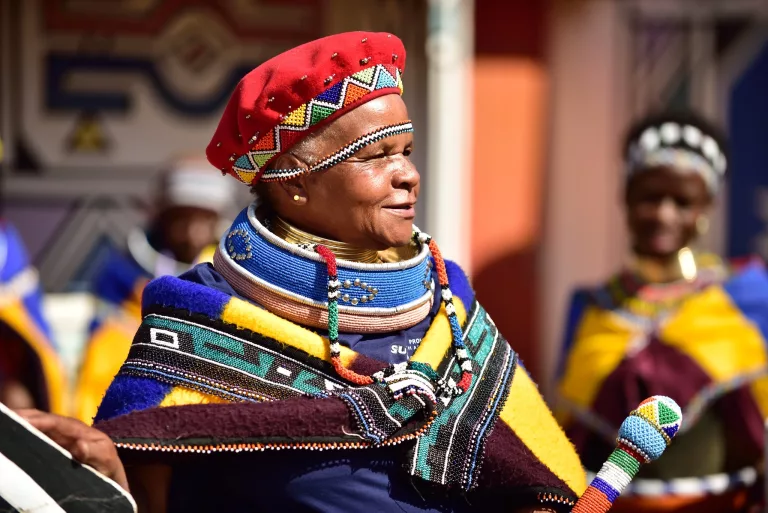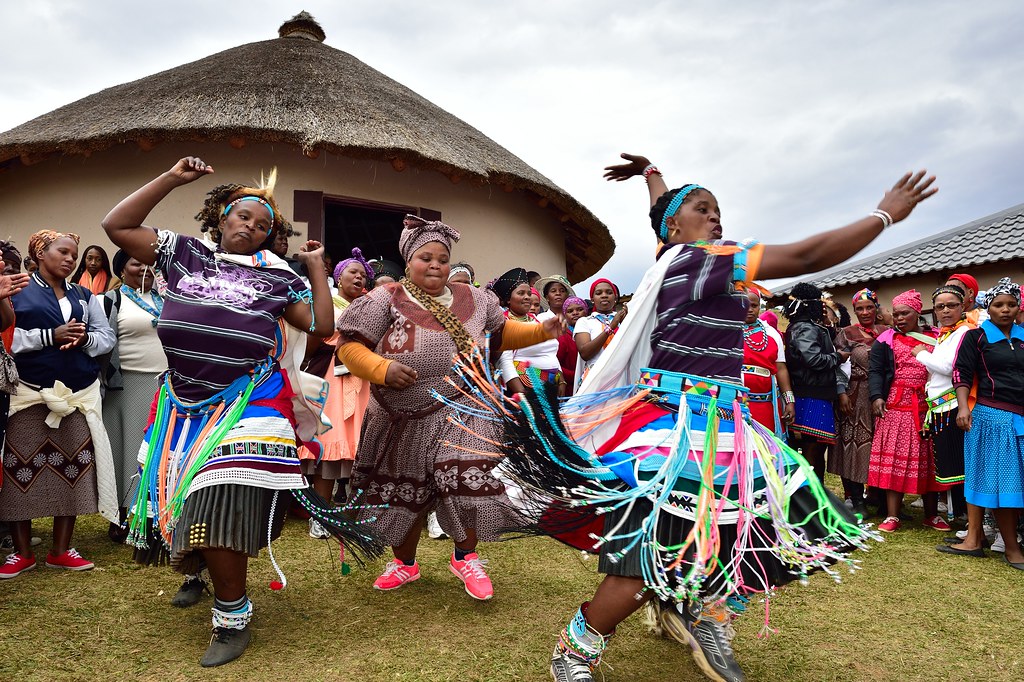The smart Trick of South African Culture Today That Nobody is Talking About
Table of ContentsSouth African Culture Today for DummiesWhat Does South African Culture Today Do?About South African Culture TodayUnknown Facts About South African Culture TodaySome Known Incorrect Statements About South African Culture Today Not known Details About South African Culture Today
This adheres to with singing and drum beating. The groom and bride after that meet the seniors and speak about the importance of their union. A matter of importance in Zambian towns is the diing of loved ones. All participants of the village put cash, effort and time with each other for the burial of the deceased.Throughout the grieving duration; men remain outside the house and the ladies remain inside your house of the deceased. After speaking about the departed, the village strolls to the place of burial to state their last goodbyes. Music and dance is an extremely vital element of the Zambian society. The numerous tribal devices have their very own dancing kinds; nonetheless, makishi prevails amongst all people.
Some Ideas on South African Culture Today You Should Know
When it pertains to songs, drums are utilized the most, with a selection of drumming events. In Zambia, bulk of individuals are Christian; Protestant and Roman Catholic. There are little teams of Muslims and Hindus, with the rest complying with neighborhood native tribal ideas.

South African heritage and culture is profoundly varied, and is composed of several groups of people that each have their very own traditions and beliefs. Having such a variety of individuals and societies is what makes South Africa so special. In the real sense of the phrase, we are a rainbow country.
South Africa has about 3 hundred thousand Portuguese people staying in it. Making it the 7th on the list of countries with one of the most Portuguese people in it beyond Portugal. Portuguese is not only a society, yet it is also a language and a nationality. Portuguese individuals stem from the nation of Portugal in Europe, nonetheless, as a result of Portugal (like many other nations in Europe) checking out the globe and conquering various other countries throughout the 15th 20th centuries, South Africa has what we call Portuguese South African's living in it.
Indicators on South African Culture Today You Need To Know
Among the popular features of the topography is a plateau that covers virtually two thirds of the facility of the nation. The plateau facility climbs toward the southeast, where it culminates in the Drakensberg array, component of an escarpment that divides the plateau from the coastal locations. The Drakensburg consists of Champagne Castle, the highest possible height in the country.
The area north of the Witwatersrand, called the bushveld, inclines downward from eastern to west towards the Limpopo River, which forms the global boundary. The western area of the plateau, the middleveld, likewise comes down towards the west and varies in elevation between the highveld and bushveld. In between the Drakensburg and the eastern and southerly shoreline, the land descends to the sea.
Nearer the coastline there is a low-lying plain called the eastern lowveld. Southwest of the plateau the country comes to be progressively extra arid, paving the way to the hostile desert of the Great Karroo, approached the east by the reduced, much better sprinkled plateau of the Little Karroo. Dividing the completely dry southern inside from the sandy littoral of the southern shore and West click for info Cape is an additional range, the Langeberg.
An Unbiased View of South African Culture Today
The nation's racially, ethnically, and politically divided background has produced official site national and subnational signs that still operate as symbols of the country, and others symbols that are approved only by certain groups. The monoliths to white inhabitant occupation and political dominance, such as the Afrikaner Voortrekker ("pioneer") Monolith in Pretoria and the Rhodes Monolith recognizing the British colonial realm builder and Cape prime minister Cecil Rhodes, remain sectarian signs.
The initial contemporary residents were the San ("bushman") hunter-gatherers and the Khoi ("Hottentot") individuals, that rounded up livestock (South African culture today). The San might have been existing for countless years and left evidence of their presence in hundreds of ancient cave paintings ("rock art"). Bantu-speaking clans that were the forefathers of the Nguni (today's amaZulu, amaXhosa, amaSwazi, and vaTsonga peoples) and Tswana-Sotho language groups (today's Batswana and Southern and Northern Basotho) moved down from east Africa as early as the fifteenth century

Both former republics of the Orange Free State and Transvaal (South African Republic) were established by Afrikaner inhabitants that defeated and dispossessed the Basotho and Batswana. Lesotho would certainly have been forcibly incorporated into the Orange Free State without the expansion of British defense in 1869. The best unification of the nation arised from the South African War (18991902) between the British and both Afrikaner republics, which reduced the country to wreck at the start of the twentieth century.
Afrikaners historically i was reading this considered themselves the only real South Africans and, while providing complete citizenship to all locals of European descent, rejected that standing to people of color until the democratic change of 1994. British South Africans retain a sense of cultural and social link to Great Britain without compromising their identification as South Africans.
South African Culture Today for Beginners
The variety and fragmentation within ethnic groupings and the balance of stress in between those groups during the twentieth century prevented interethnic civil conflict. While intergroup stress over sources, entitlements, and political supremacy stay, those disputes are as most likely to pit Zulu against Zulu as Zulu against Xhosa or African versus Afrikaner.
From colonial India, British sellers and managers brought the bent metal ornamental roofing systems and slim shoelace work pillars that still typify the verandas of cottages arounds and cities throughout the country. Houses of worship add a vital building facet also in the tiniest communities. In addition to the rising steeples and timeless stonework of Afrikaans Dutch Reformed churches, Anglican churches, synagogues, mosques, and Hindu shrines provide selection to the spiritual building scene.

Slaughtering and the brewing of typical cereal beer are necessary in securing the involvement and goodwill of the forefathers who are considered the guardians of good luck, success, and well-being. Indian communities preserve their indigenous cooking traditions and use them on Islamic and Hindu ritual and ceremonial events. Afrikaners and Coloured individuals collect at weekends and special events at multifamily bbqs called braais, where area bonds are strengthened.
Since this was the key financial business of both black Africans and white homesteaders, conflict in between those teams focused on the possession of grazing land and livestock. In 1867, the biggest ruby down payments worldwide were discovered at Kimberley in the west central area. The wealth from those areas aided fund the exploitation of the greatest gold coral reef worldwide, which was found on the Witwatersrand in 1886.
The smart Trick of South African Culture Today That Nobody is Discussing
This caused misunderstandings and intentional misstatement in the transactions of white settlers and federal government authorities with African principals during the early american period (South African culture today). In the facility of African books, some aspects of communal and chiefly "tribal count on" land tenure were preserved, and even in white backwoods, kinds of common tenure were still practiced in locations with African neighborhoods
After the autonomous makeover of 1994, programs for land restitution, redistribution, and reform were set up, however progress has actually been sluggish. The white minority still controls eighty percent of the land. Following farming land invasions in Zimbabwe, the Division of Land Affairs has actually promised to speed up land redistribution.